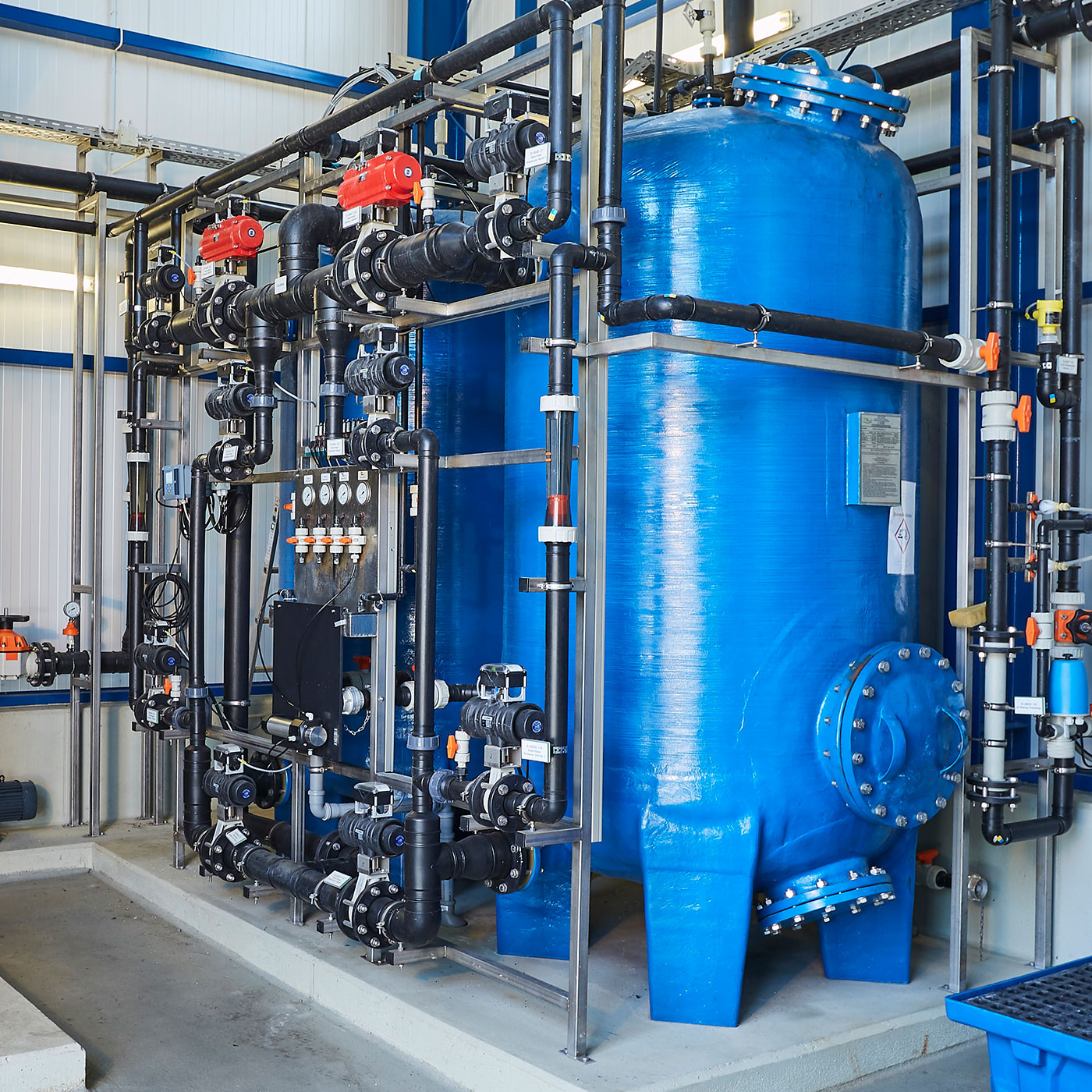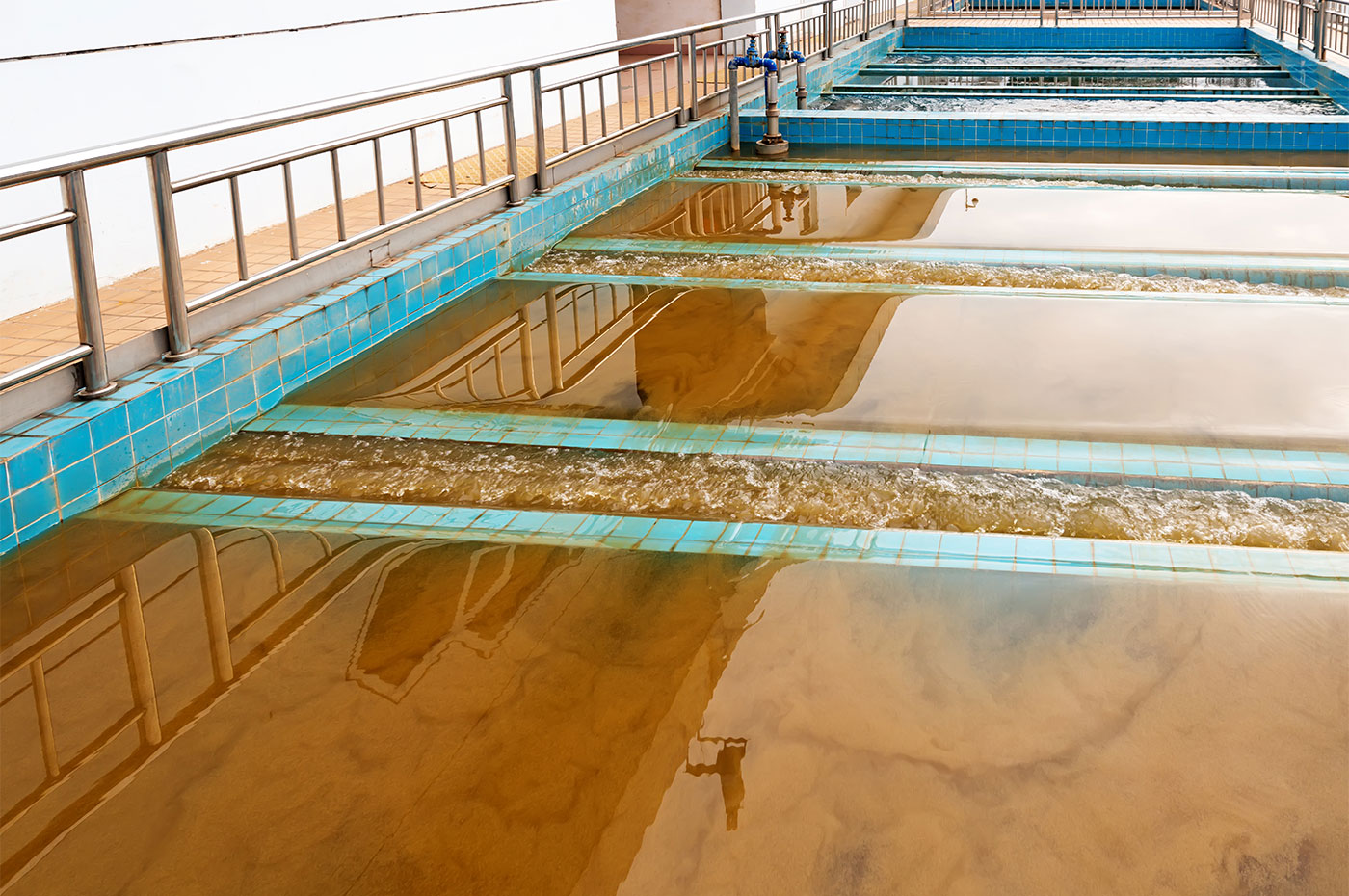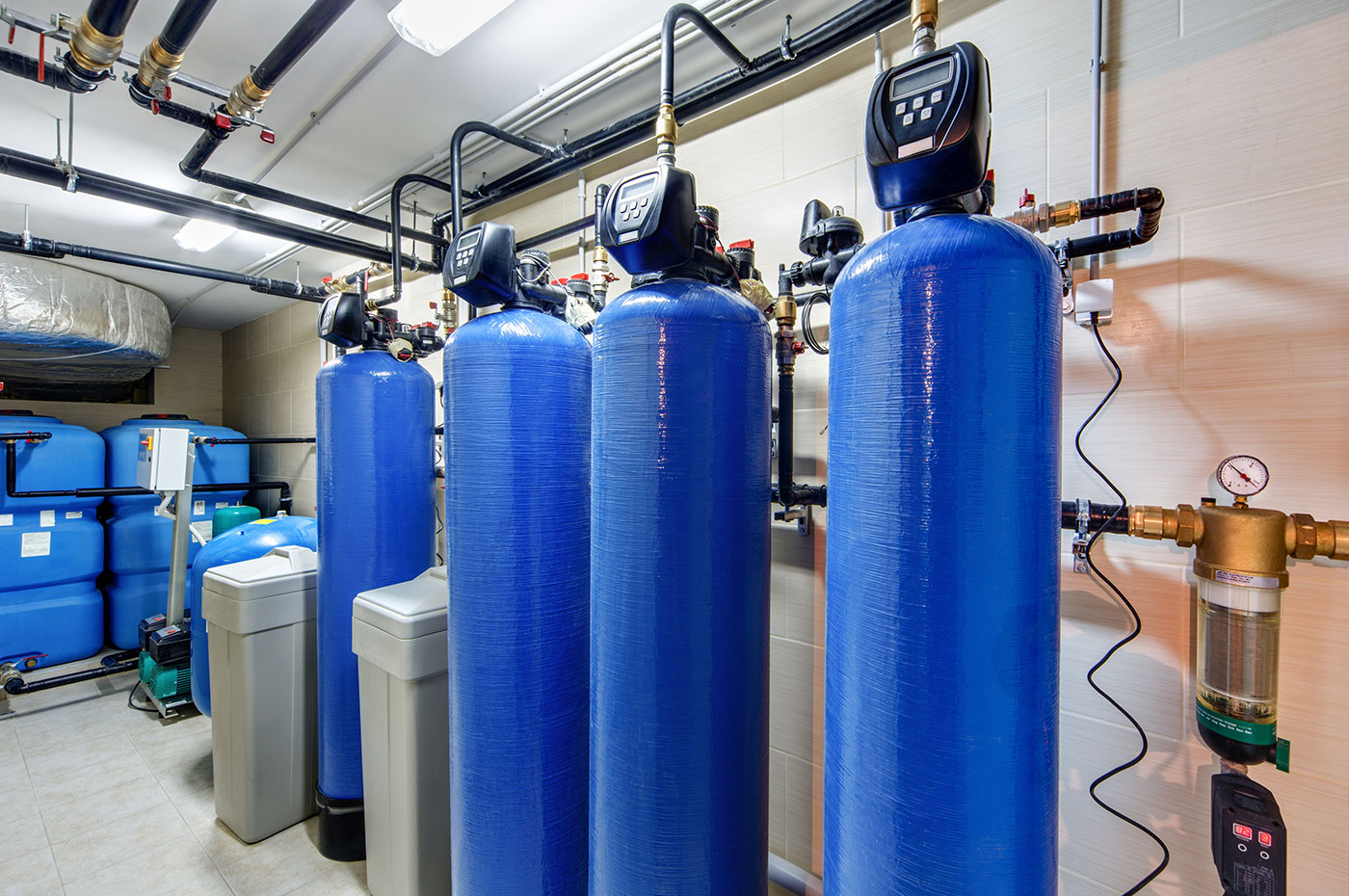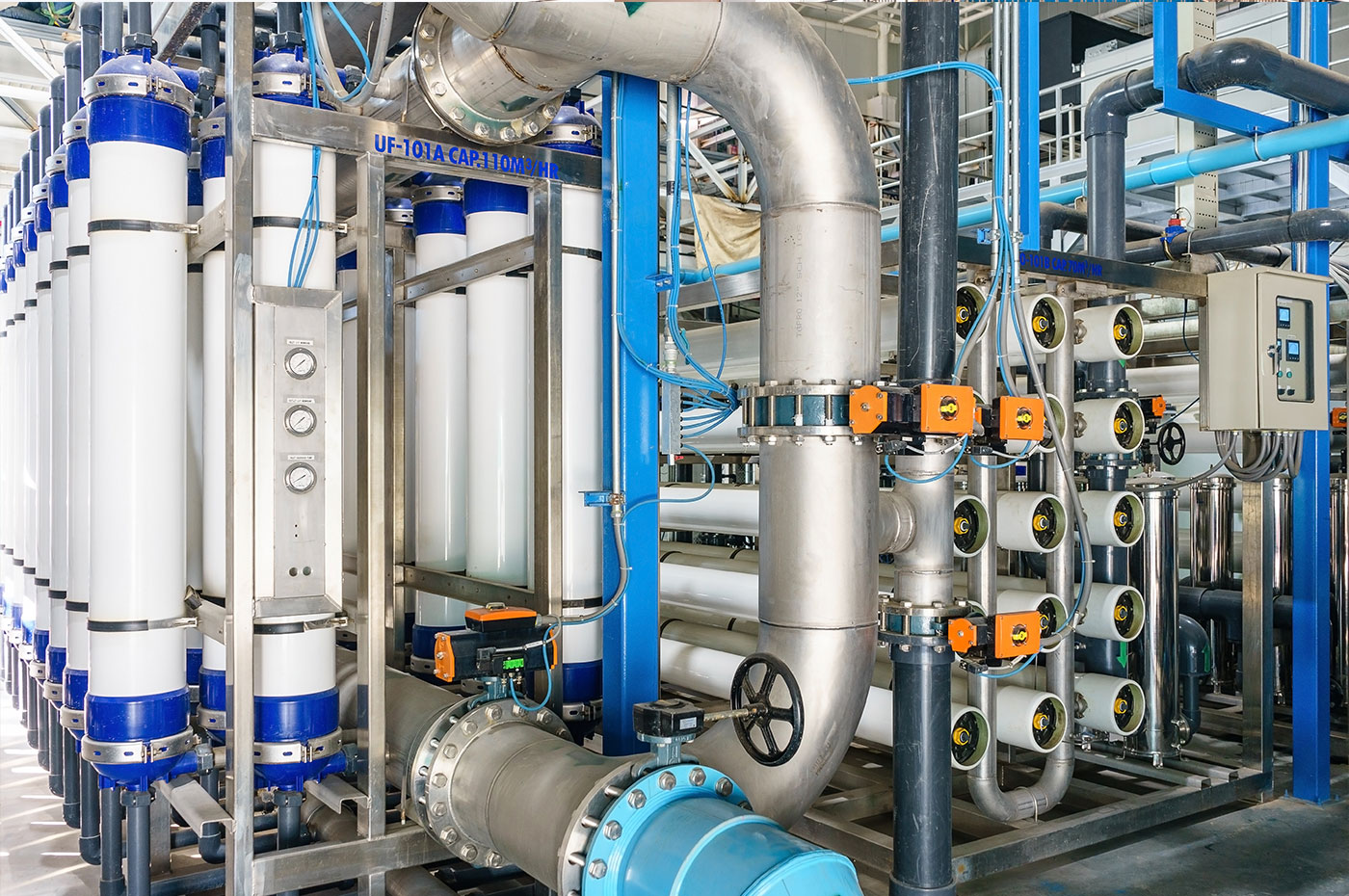
One possible arsenic removal method in water treatment is the adsorption process. In this procedure, the arsenic is bound to the surface of a solid adsorbent. Before the development of iron- based adsorbents for arsenic removal in water treatment, granulated aluminium oxide ("activated alumina") was used. However, since activated alumina has a lower capacity than iron-based adsorbents and dissolved aluminium poses a health threat, it is no longer used in practice for arsenic removal from drinking water.
Instead, iron hydroxide-based adsorbents are the state of the art in arsenic removal in water treatment. The safe and simple operation of adsorption filters is only one of the major advantages that result. The arsenic removal from drinking water to below the detection limit is also one of the big plus points. Moreover, no wastewater streams or contaminated sludge are generated – neither during operation, nor during the arsenic removal from drinking water. In addition, the arsenic removal in water treatment with granulated iron hydroxide is very selective. In this way, the natural composition of the water stays unaffected. Nevertheless, both arsenate and arsenite are reliably removed in this procedure.
Pros of adsorption as an arsenic removal in water treatment
- Simple system configuration and convenient operation
- High arsenic selectivity ensures very high capacity
- Low maintenance and high plant availability
- Reliable technology applied at more than 2000 sites worldwide
- Easy arsenic removal in water treatment without sludge
Cons of adsorption as an arsenic removal in water treatment
- Water matrix determines the retention time
- Adsorbent has to be replaced at regular intervals



